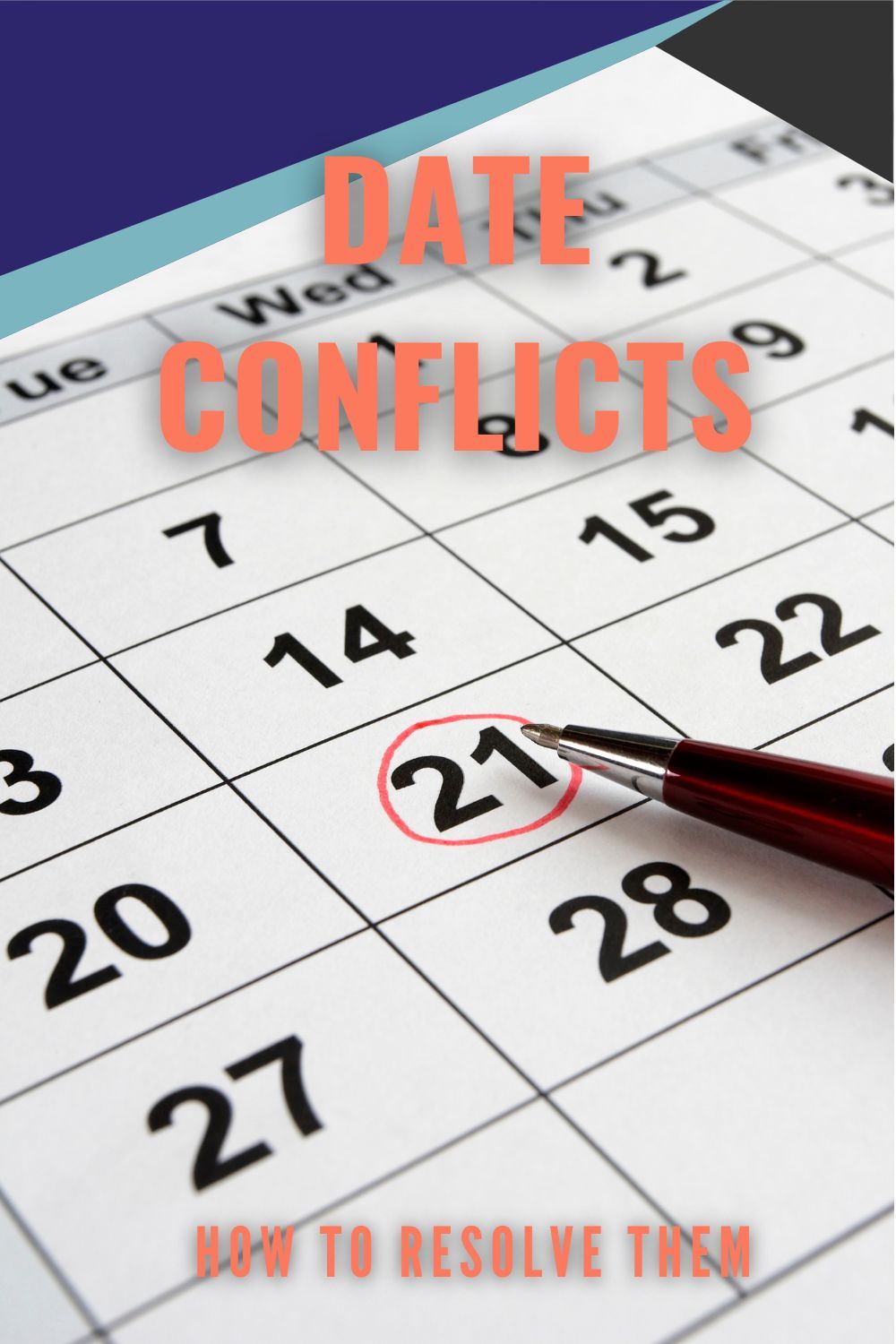Best Practices to Resolve Name and Date Conflicts in Genealogy Research
Discover effective ways to handle conflicting data in genealogy research and learn how to develop your own methods when faced with misspelled names and date discrepancies.

Genealogical research often presents us with conflicting dates or names for individuals, making accuracy challenging.
When faced with discrepancies, it becomes essential to follow best practices and record one’s own method of resolving these conflicts. This article explores effective ways to handle conflicting data in genealogy research and provides insights into how to develop your own methods.
What Happens When You Don’t Resolve the Conflict
Its common to encounter various spellings of names and dates across different records. But when we are using genealogy software to create a family tree or writing a narrative of our ancestors, we can not use every spelling of the name. The result would look something like this:
Johan/Johann/John Schmidt/Schmidtt/Schmitt was born on 8 or 23 August 1821 or 1823 in Oley Township, Berks County, Pennsylvania.
That’s as clear as mud, isn’t it?
What is necessary to do is to pick one, and only one, spelling of the given name and surname, and one date each for the birth, marriage, and death, and then tag each of those with the conflicting information.
Most genealogists use the spelling of the surname at death or the one on a record that the ancestor completed for himself or herself. Then the other name variations are tagged to cite the source of the spelling.
Tagging Conflicting Information
When citing sources, it is crucial to preserve the exact spelling used in the original record, enabling easy retrieval of the information in the future.
One effective method is to create footnotes or endnotes when mentioning individuals for the first time in the family history narrative. If an individual changed their name over their lifetime, include a brief explanation in the footnote, highlighting the different variations they used.
For instance: "Charles Edward Smyth used the name Charles Smythe until he married, then he used the name C. Edward Smyth. See baptismal record (insert citation) and marriage record (insert citation)."
To ensure accuracy, provide enough identifying details to establish that these variations indeed refer to the same person and not multiple individuals mistakenly combined. If necessary, make a table of all the spellings from all the various sources so others can follow your thinking and conclusion.

Handling Married Women's Surnames
When dealing with married women, include both their birth surname and their married surname in the record, separated by parentheses. For example, "Julie (Smith) Jones." This practice helps maintain clarity in genealogical records and is the standard in genealogical documentation.
If the woman was married multiple times, the birth surname remains in the parentheses and the married names follow one another in a genealogical software program. In a written narrative the married surname simply changes when the maritial status changes.
Selecting the Correct Genealogy Date and Name
Choosing the right date from conflicting sources often leads to endless debates. A decision must be made though, and here’s a set of best practices to guide the selection process:
- Eyewitness Testimony: Determine which source(s) possess information from an eyewitness who was likely present at the event in question. Additionally, records created closer to the actual occurrence are generally considered more reliable. For instance, a midwife recording the birth date of an ancestor holds more credibility than a newspaper obituary written decades later.
- Original vs. Derivative Sources: Differentiate between original and derivative sources. Original sources refer to records made at the time of the event, such as county birth registrations. On the other hand, derivative sources are derived from original records, such as databases or published books. Original sources are generally considered more accurate, as errors might occur during copying or transcribing.
- Factors Affecting Variability: Consider factors that could lead to discrepancies in dates, such as transcription errors, illegible handwriting, clerical errors, or transposed numbers. Document your reasoning and thinking in research notes or genealogy software comment fields to aid in future analyses.
These best practices for selecting a date for the genealogical event also work to select a given name or surname.

The Importance of Thoughtful Documentation
By recording the reasoning behind your name and date decisions, you are ready to evaluate new information that may emerge in the future. Additionally you create a repeatable method and set of best practices for yourself.
There is no more looking at what you have, wondering how you got to the answer you did!
Research notes and research logs also foster transparency and credibility, allowing others to follow your research and verify your findings.
Conclusion
In genealogy research, every source is unique, and the circumstances surrounding the creation of each record differ. The criteria you use to select a date or a name might vary depending on the context of each record.
Whatever criteria you adopt, it is essential to thoroughly document your thought process. Use research notes, research logs, genealogy software, and citations to tag the conflicting information and show the source.
By following best practices for resolving conflicts, your family history research will be a treasure for other genealogists and future generations.
© 2019–2023 PA Ancestors L.L.C. and Denys Allen. All Rights Reserved.
